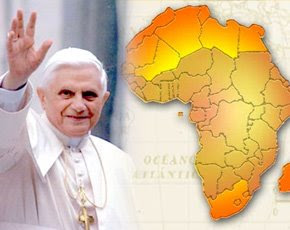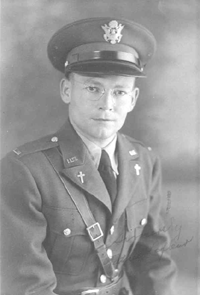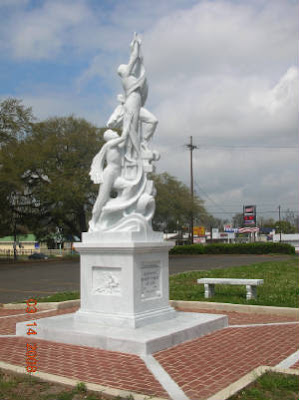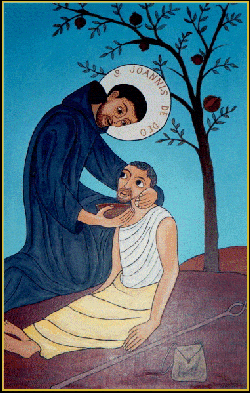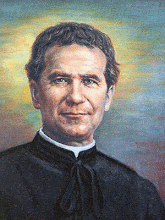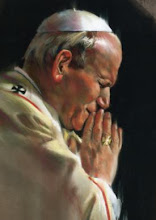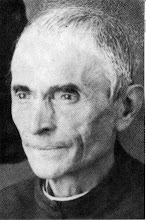
“It is the most solemn moment. There is an impressive silence throughout the basilica. The Pope standing with the tiara on his head, with the fullness of his sacred magisterium in a loud clear voice pronounces from his throne the formula of the canonization,” is the description in the special edition of the Salesian Bulletin for June-July, describing the moments prior to the proclamation of the sanctity of Don Bosco.
 The magazine devoted the previous issues and those after April 1 to the preparation for and the chronicle of the canonization and the celebrations in Rome and Turin.
The magazine devoted the previous issues and those after April 1 to the preparation for and the chronicle of the canonization and the celebrations in Rome and Turin.In the special June-July issue of the Bulletin was a detailed account of that great day on which the Church and the Salesian Family rejoiced.
The choice of the day for the canonization, Easter Sunday, “almost as the culmination of the Holy Year,” as Pius XI said in his homily that day, and the outstanding participation of the Salesian Family, led the Pope to speak of the Jubilee 1933-1934 as “a Salesian Jubilee” and a “Salesian Holy Year.”
The Pontiff, introducing his account of the life and activity of the new Saint in his homily, said: “As We still recall with great joy, he comforted and encouraged Us in our studies in the distant days of Our youth when We admired him deeply for the great works he had accomplished and for his eminent virtues.”
"I was there!"
 Bro. Alessandro Novelli, SDB, 101 years of age, in a video interview describes his memories of the canonization of Don Bosco, which took place on April 1, 1934, in Rome.
Bro. Alessandro Novelli, SDB, 101 years of age, in a video interview describes his memories of the canonization of Don Bosco, which took place on April 1, 1934, in Rome.“St. Peter’s Square was packed, packed with people,” the Salesian centenarian, who was present for the occasion recalls. “There were so many, so many young people; lot’s of families, dads, moms, children.”
Born in March 1908, Bro. Novelli also took part in the transfer of Don Bosco’s body from Valsalice to Valdocco, Turin, on the occasion of the beatification, which took place in 1929. Immediately afterwards transferred to the Roman Province, the Salesian brother was involved in organizing the great event of the canonization.
In the video, which is available on the ANSchannel, Bro. Novelli recalls the solemnity of the celebration and, quite amused, the unexpected downpour that descended on the square: “At the end there was such a downpour, we were are wet through!”
“Rome was taken over by the Salesians,” Bro. Novelli went on. “Groups large and small came in from everywhere … it was quite spectacular, well-worth seeing … really impressive!”
His memories also include the atmosphere of devotion and the frenetic preparations going on at the Salesian house of the Sacred Heart, where Bro. Novelli was working.
“Don Bosco has been something huge in my life,” Bro. Novelli says, concluding the interview.




